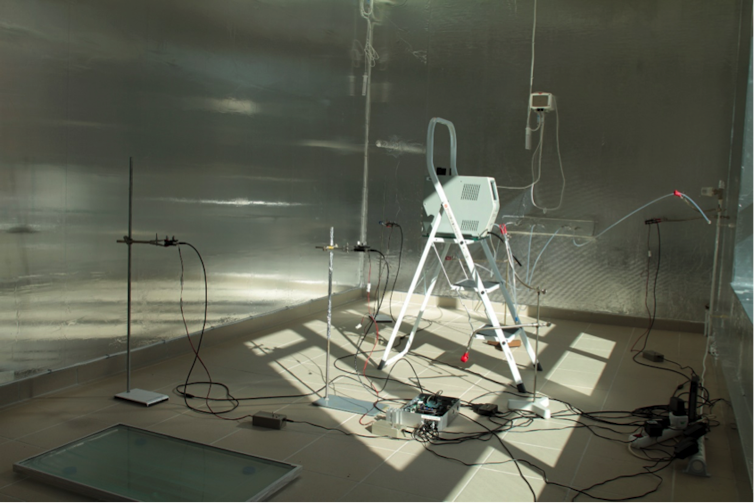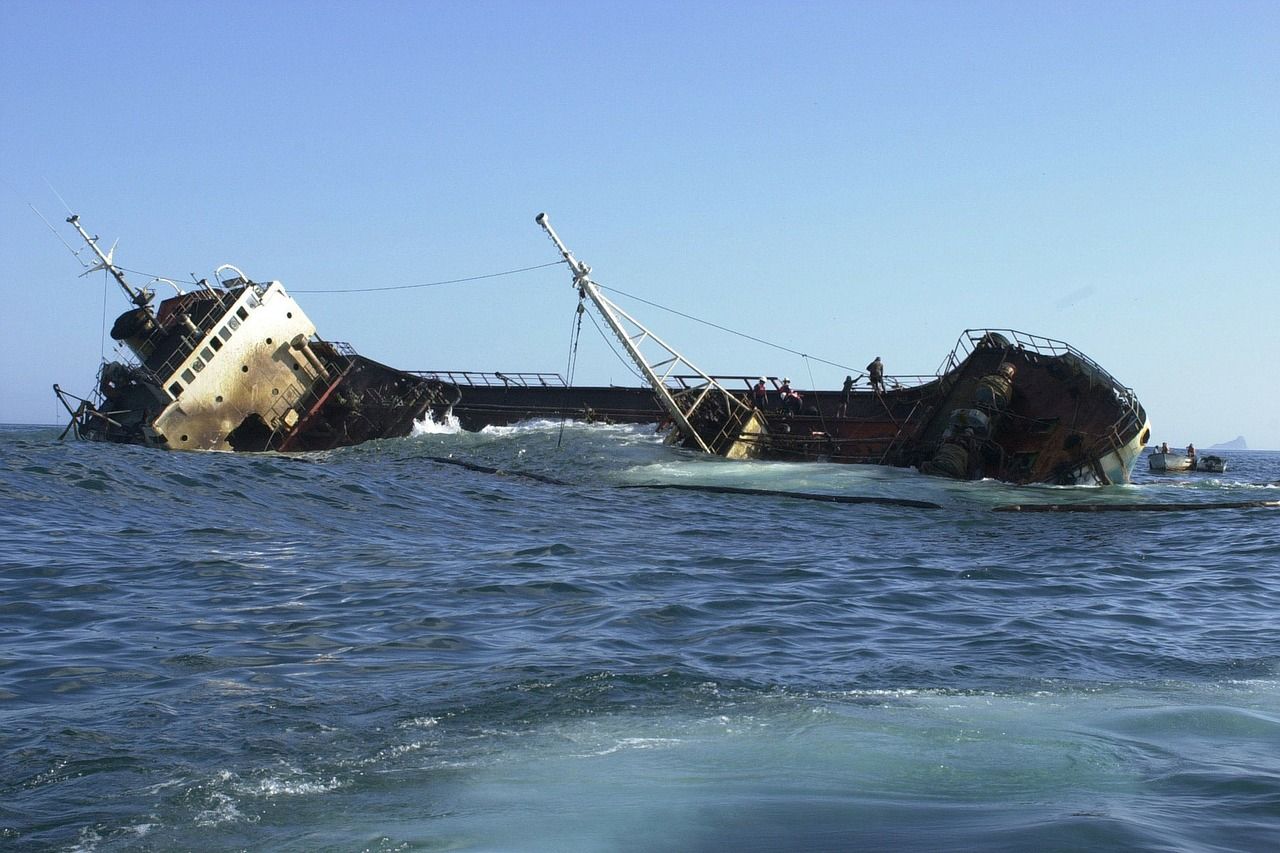Improving air quality with decision-making tools
Launched in October for a four-year period, the RI-URBANS project aims to strengthen synergies between European air quality monitoring networks and research infrastructures in the field of atmospheric sciences. IMT Nord Europe is a partner for this project, which received up to €8 million of funding from the European Union. Interview with Stéphane Sauvage, professor, and Thérèse Salameh, R&D engineer.
European project RI-URBANS[1] was submitted in response to a call for tender dedicated to research infrastructures (RI) capable of tackling the challenges set by the European Green Deal. What is it all about?
Stéphane Sauvage The EU aims to play a leading role in fighting climate change at a global level. In a communication dated 14 July 2021, the 27 member states committed to turning the EU into the first climate neutral continent by 2050. To achieve this, they committed to reduce their greenhouse gas emissions by at least 55% by 2030, compared to levels in 1990, and to implement a series of initiatives related to the climate, energy, agriculture, industry, environment, oceans, etc.. Specifically, the Green Deal aims to protect our biodiversity and ecosystems, transition to a circular economy and reduce air, water and soil pollution. RI-URBANS falls under this initiative to reduce air pollution.
What is the goal of RI-URBANS?
S.S. Within this project, the objective is to connect the Aerosol, Clouds, and Trace gases Research InfraStructure (ACTRIS), Integrated Carbon Observation System (ICOS) and In-service Aircraft for a Global Observing System (IAGOS) – combining stationary and mobile observation and exploration platforms, calibration centers and data centers – with local stakeholders, such as air quality monitoring agencies, political decision-makers or regional stakeholders. The main objective is to provide them with high quality data and develop innovative service tools allowing them to better evaluate the health impact, identify sources of pollution in real time and forecast atmospheric pollution, in order to help decision-makers in improving air quality.
How will these tools be developed?
S.S. RI-URBANS will focus on ambient nanoparticles and atmospheric particulate matter, their sizes, constituents, source contributions, and gaseous precursors, evaluating novel air quality parameters, source contributions, and their associated health effects to demonstrate the European added value of implementing such service tools. To determine which areas are of interest, we have first to collect the available data on these variables and make it findable, accessible, interoperable and reusable, while offering decision-makers services and tools.
In order to test these services, a pilot phase will be deployed in nine European cities (Athens, Barcelona, Birmingham, Bucharest, Helsinki, Milan, Paris, Rotterdam-Amsterdam and Zurich). These cities have been identified as industrial, port, airport and road hotspots, with significant levels of pollution and have established air quality monitoring networks and research infrastructure units. In Paris, for example, the atmospheric research observatory SIRTA is a unit of ACTRIS and one of the most prominent sites in Europe offering the instrumentation, equipment and hosting capacities needed to study atmospheric physico-chemical processes.
What expertise do the IMT Nord Europe researchers bring?
Thérèse Salameh IMT Nord Europe research teams have internationally recognized expertise in the field of reactive trace gases, which can lead to the formation of secondary compounds, such as ozone or secondary organic aerosols. IMT Nord Europe’s participation in this project is connected to its significant involvement in the ACTRIS (Aerosol, Clouds, and Trace Gases Research InfraStructure) RI as a unit of the European Topical Center for reactive trace gases in situ measurements (CiGas). ACTRIS is a distributed RI bringing together laboratories of excellence and observation and exploration platforms, to support research on climate and air quality. It helps improve understanding of past, present and future changes in atmospheric composition and the physico-chemical processes that contribute to regional climate.
Who are the partners of RI-URBANS?
T.S. The project brings together 28 institutions (universities and research institutes) from 14 different countries. The three partners in France are the National Centre for Scientific Research (CNRS), National Institute for Industrial Environment and Risks (INERIS) and Institut Mines-Télécom (IMT). For this project, IMT Nord Europe researchers are collaborating in particular with Swiss federal laboratories for materials science and technology Empa, Paul Scherrer Institute (PSI), Spanish National Research Council (CSIC) and INERIS.
The project has just been launched. What is the next step for IMT Nord Europe?
T.S. In the coming months, we will conduct an assessment collecting observation data for reactive trace gases potentially available in main European cities. We will then need to evaluate the quality and relevance of the collected information, before applying source apportionment models to identify the main sources of pollution in these European cities.

[1] This project is funded by Horizon 2020, the European Union framework program for research and innovation (H2020), with grant agreement ID 101036245. It is conjointly coordinated by CSIC (Spain) and University of Helsinki (Finland). Find out more.
Read on I’MTech






